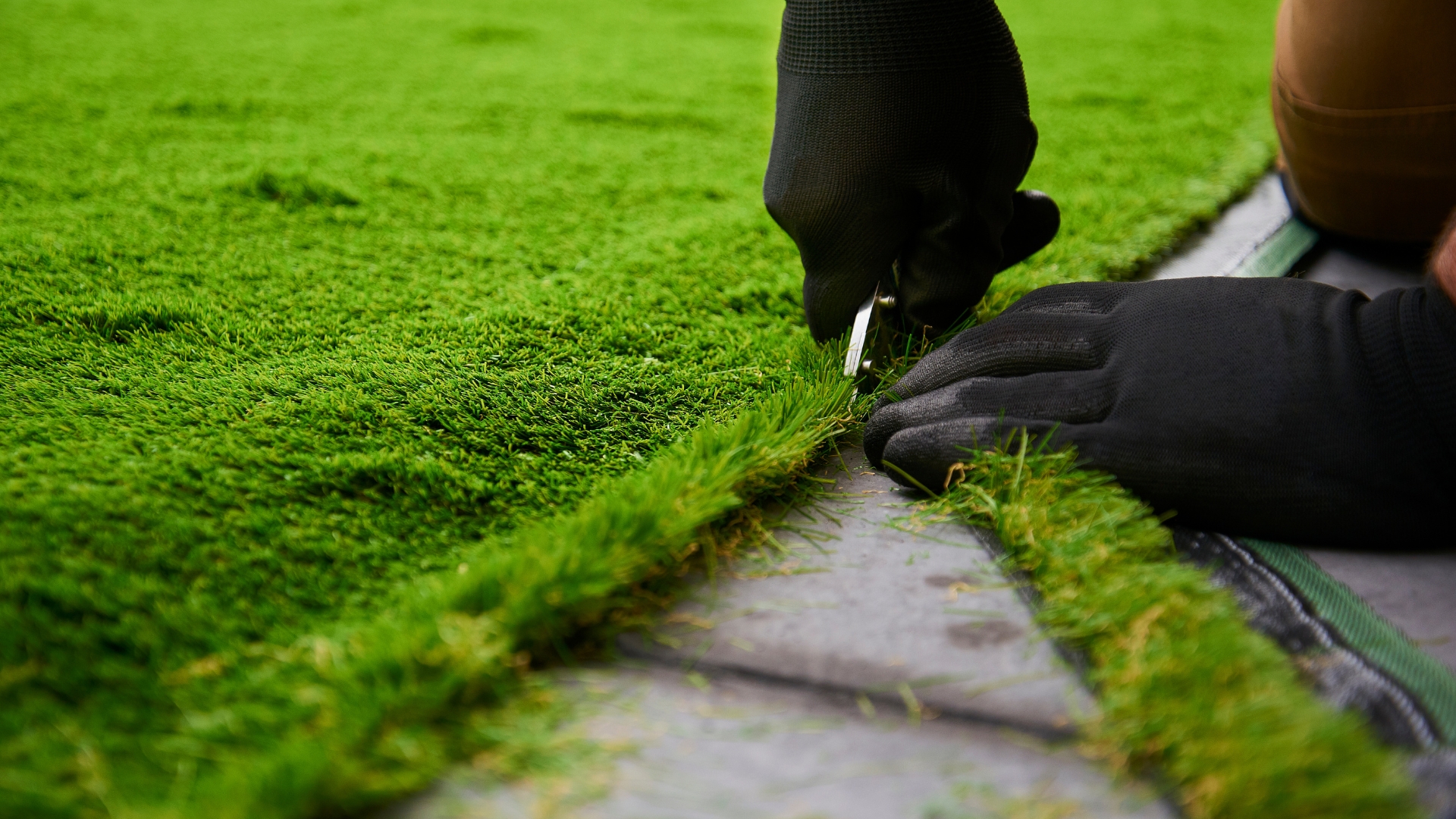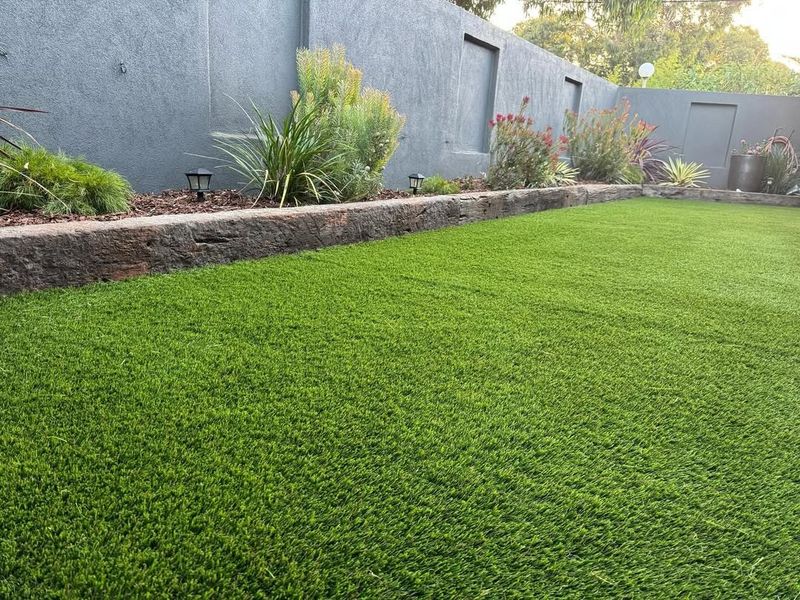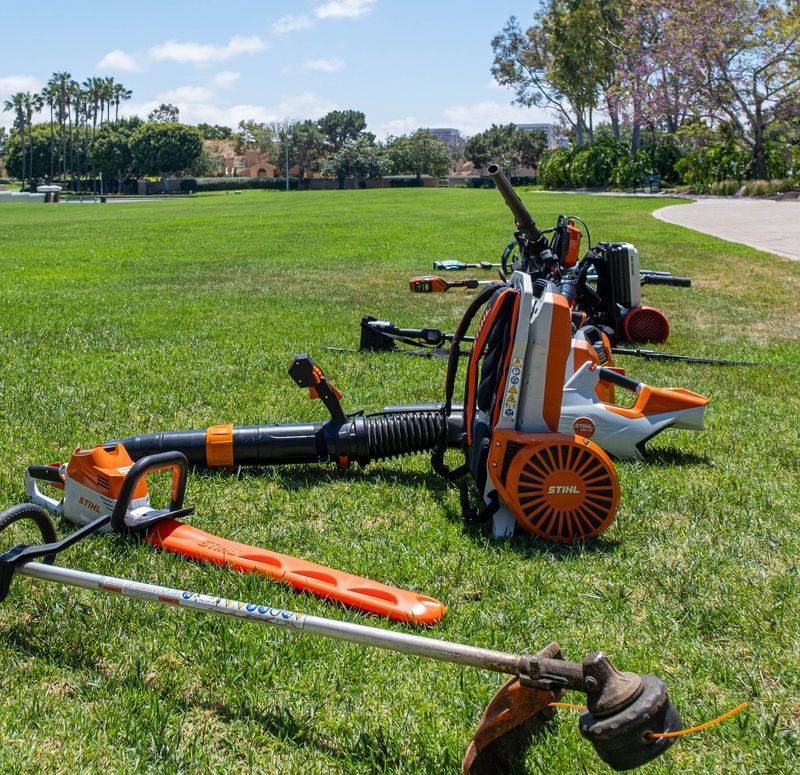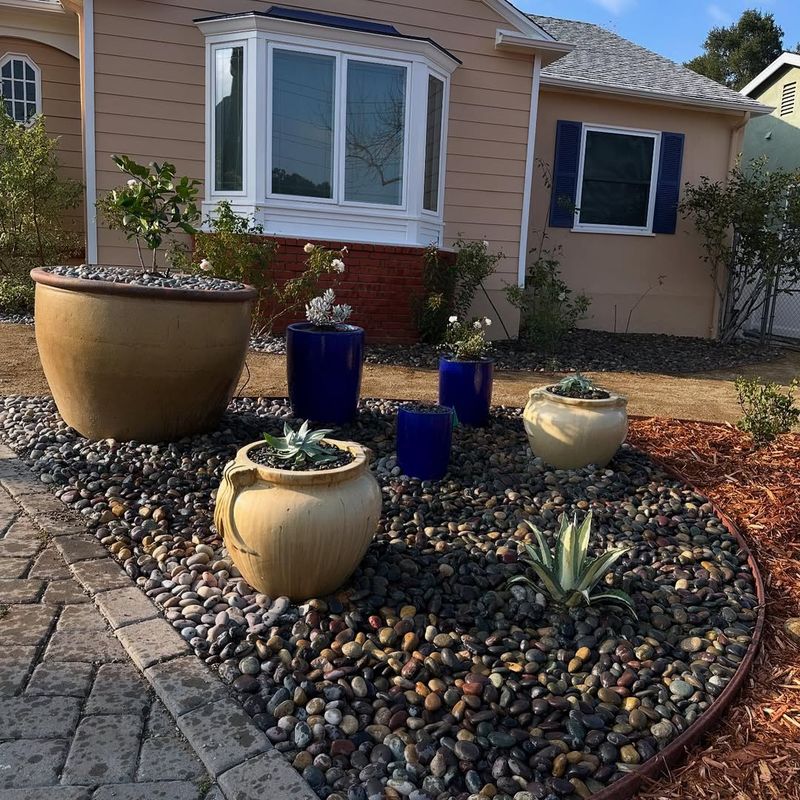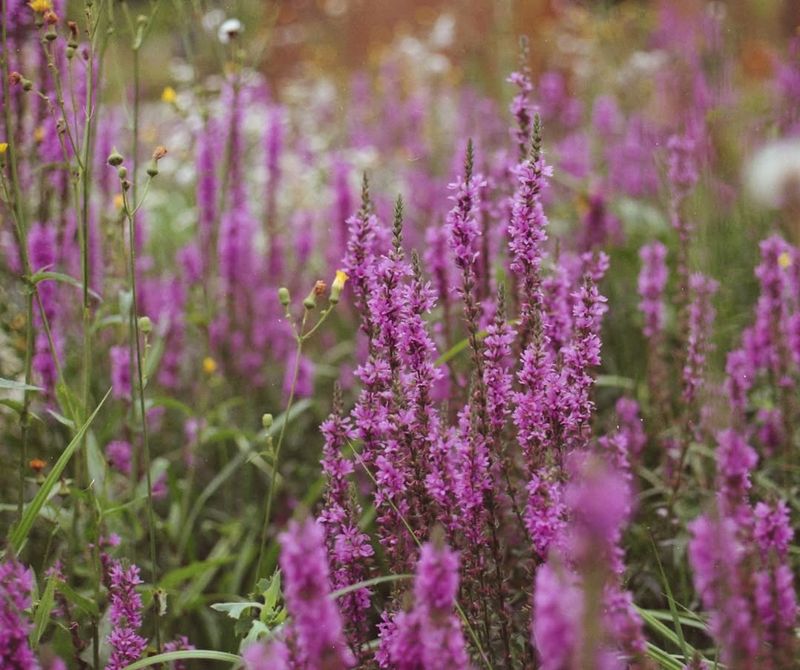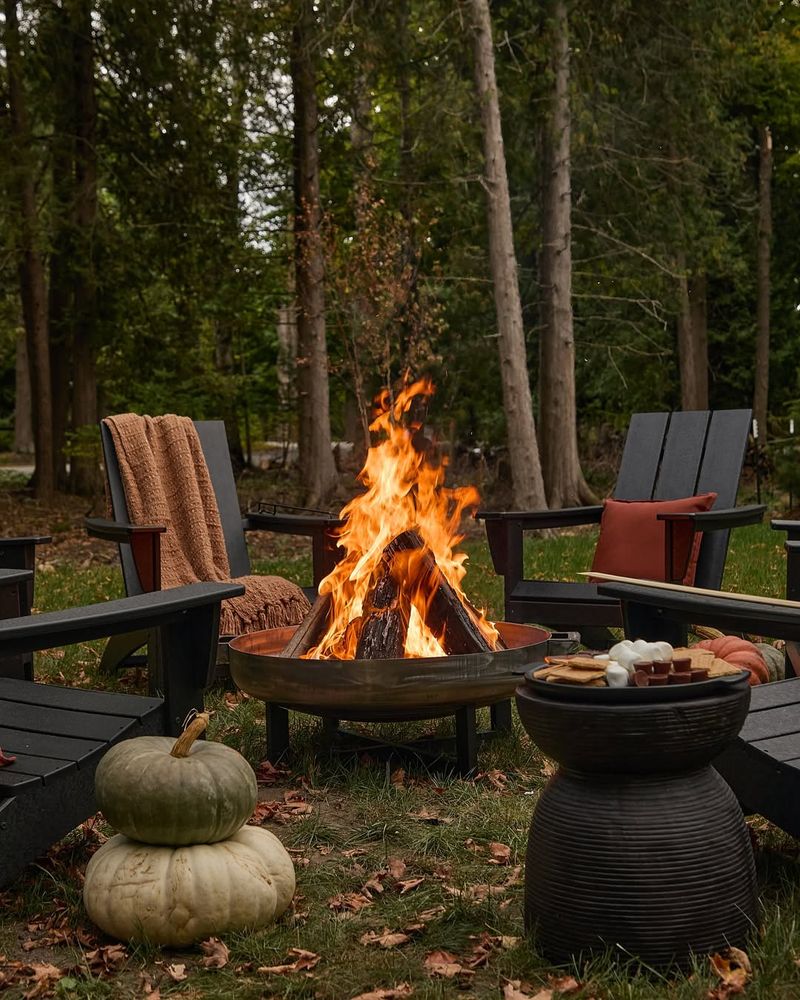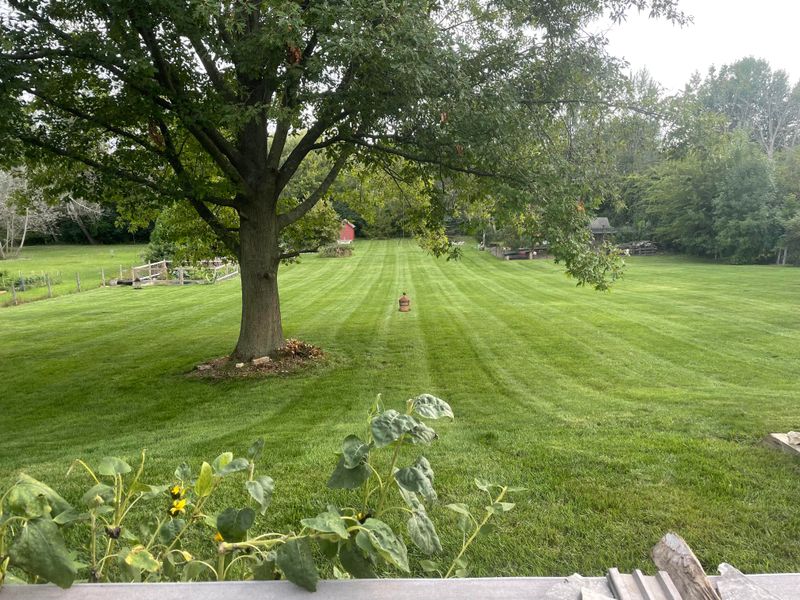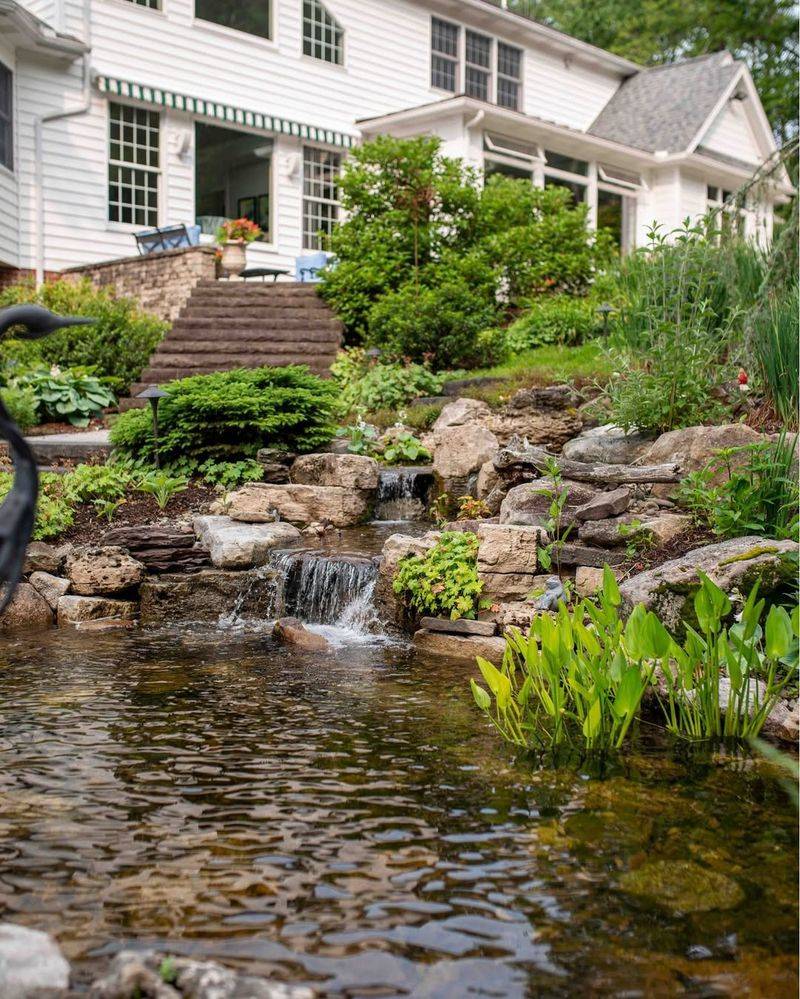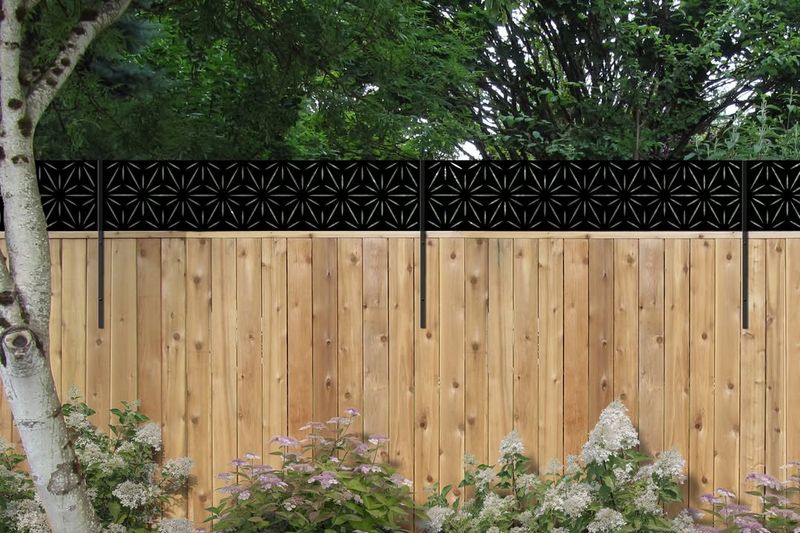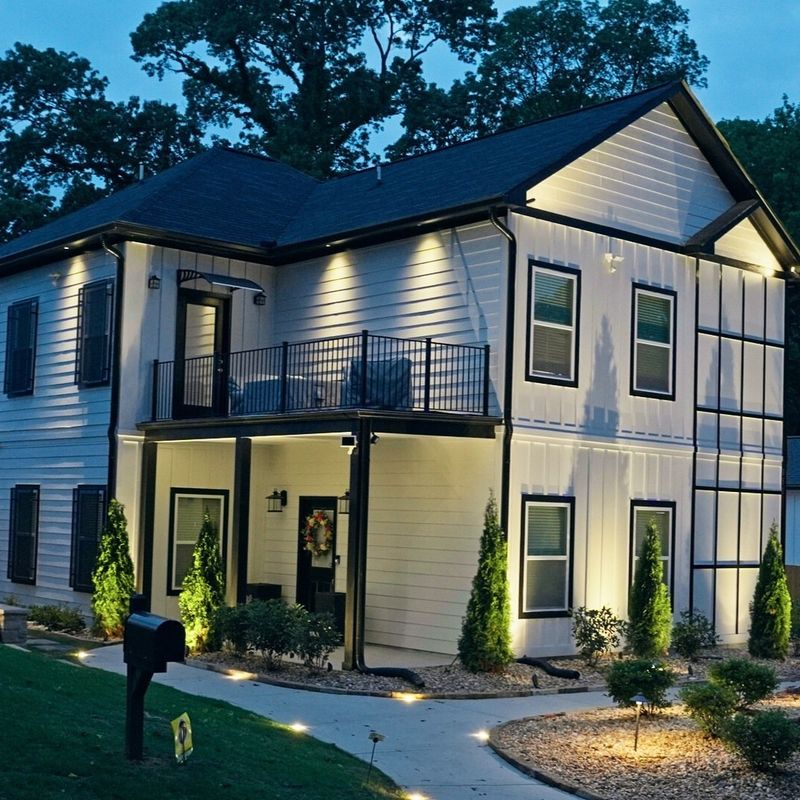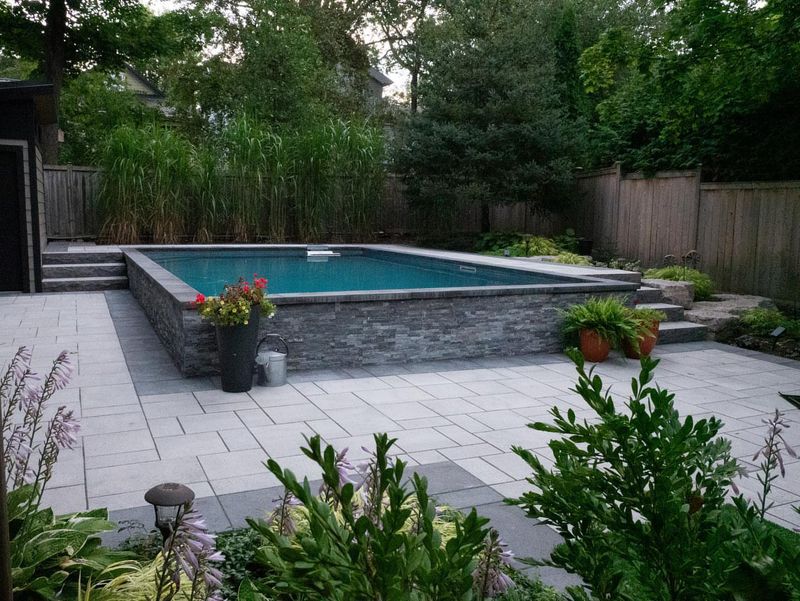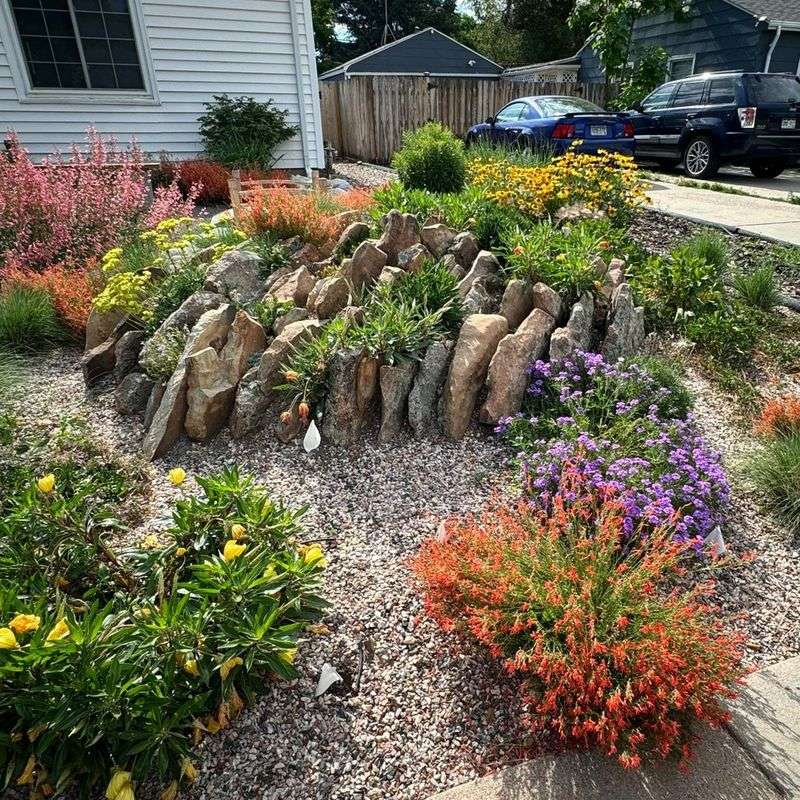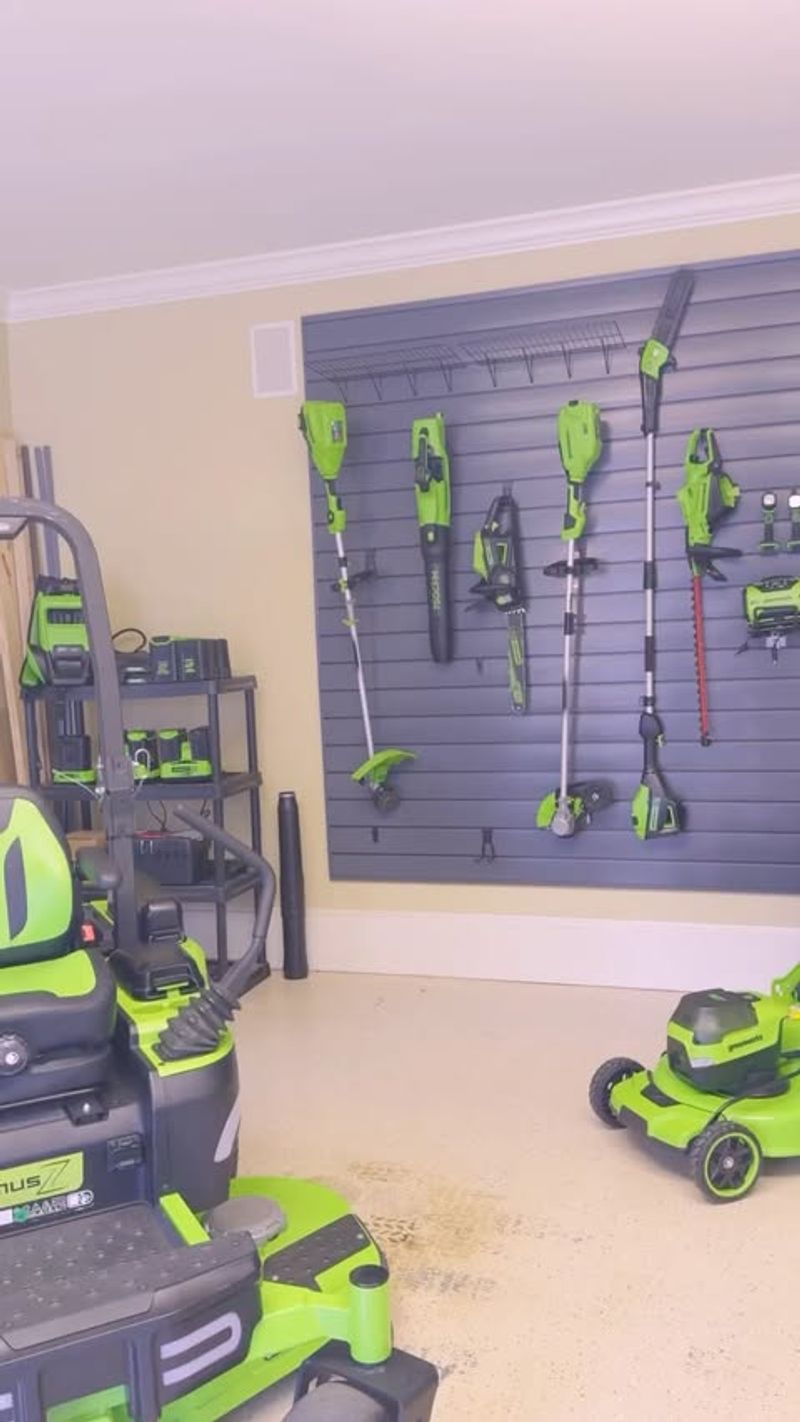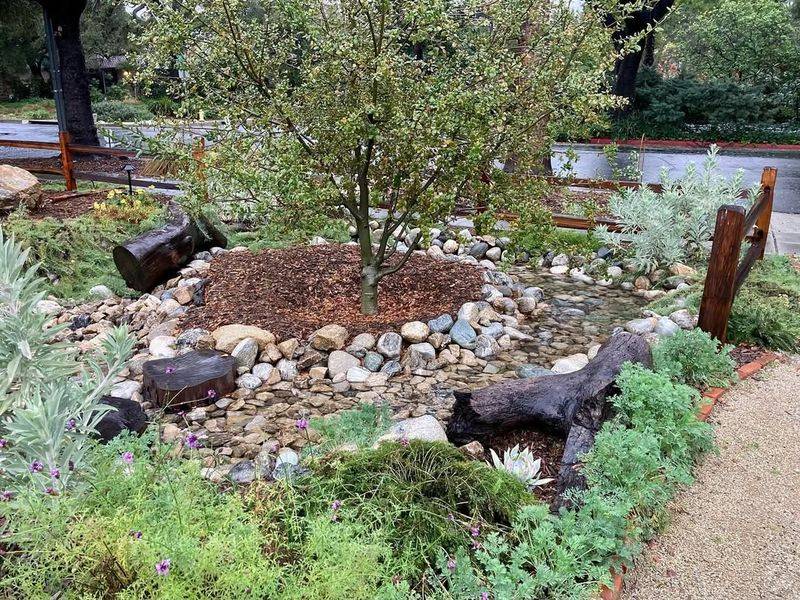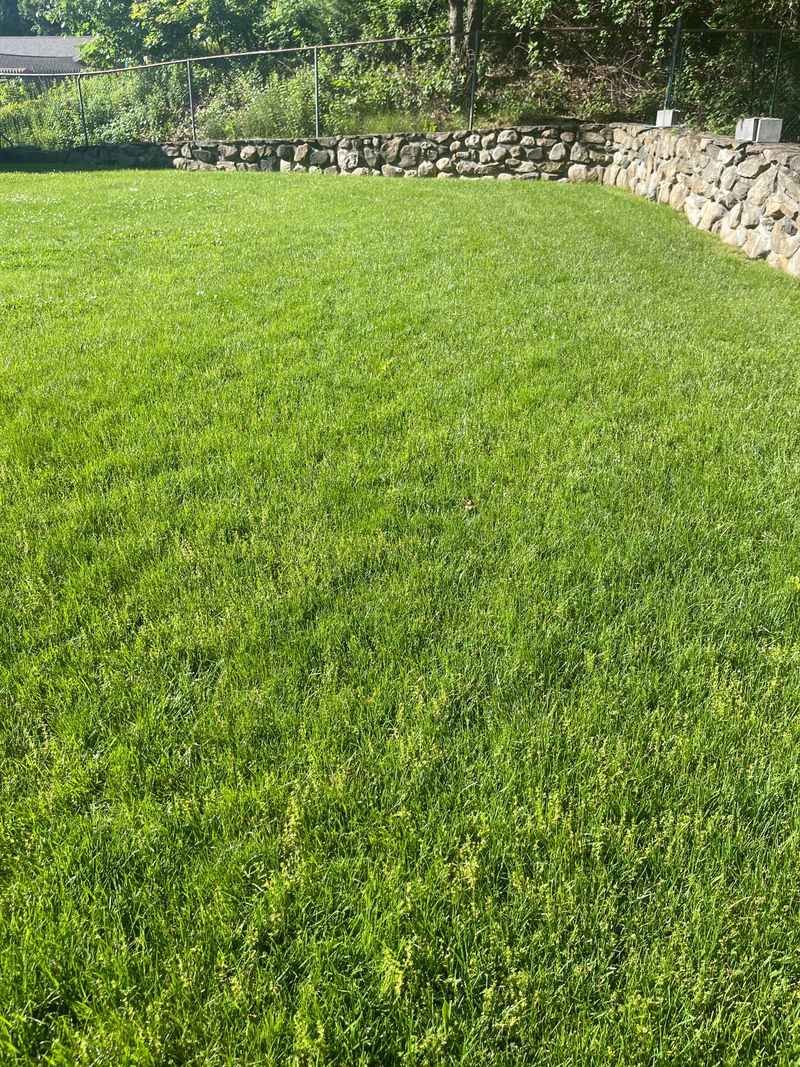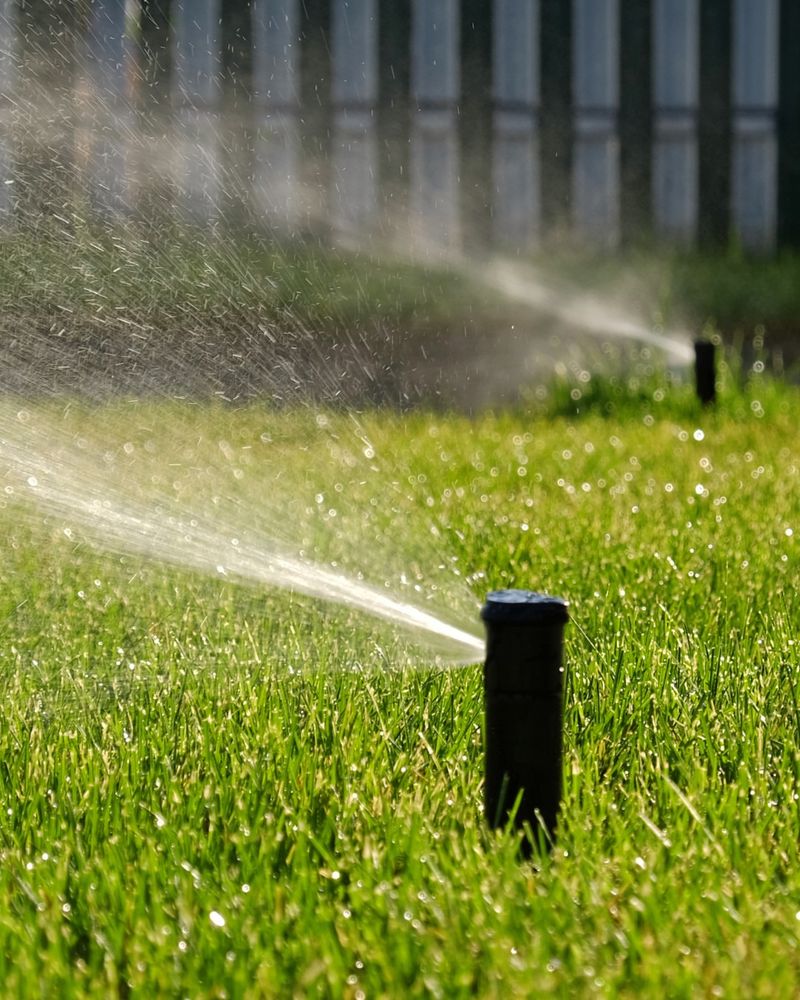I never thought something as simple as a front-yard choice could stir up trouble—but across the country, more and more of these features are getting the boot. Some are surprising, some make sense, and a few might already be on your property without you realizing it.
After reading up on the latest bans, I started rethinking a few things myself. The good news? There are safer, smarter swaps that still keep your yard looking great.
Here are 10 features facing bans—and the alternatives that won’t get you in hot water.
1. Artificial Grass
Once hailed as a water-saving solution, synthetic turf is now facing restrictions in several states. The plastic-based material creates heat islands, leaches microplastics into soil, and offers zero ecological benefits to local wildlife.
California and Arizona have begun limiting installation in certain municipalities, citing concerns about environmental impact and disposal challenges. When it wears out, artificial turf typically ends up in landfills where it can take centuries to decompose.
2. Gas-Powered Lawn Equipment
The days of gas guzzling mowers and leaf blowers are numbered in many regions. California leads the charge with a total ban on new gas-powered lawn equipment sales starting in 2024, with over 100 cities nationwide following suit.
A single leaf blower can produce more pollutants than a car! The restrictions target both air pollution and noise pollution, as these machines can exceed 100 decibels—loud enough to cause hearing damage and disrupt wildlife patterns in suburban areas.
3. Water-Hungry Lawns
The perfectly manicured green lawn is becoming an endangered species in drought-prone regions. Las Vegas made headlines by banning all non-functional grass, while parts of California offer rebates to homeowners who replace lawns with drought-tolerant landscaping.
These thirsty expanses can consume up to 60 gallons of water per square foot annually! With water conservation becoming critical in many states, expect more communities to regulate how much of your property can be dedicated to traditional turfgrass.
4. Invasive Plant Species
That gorgeous purple loosestrife or fast-growing Japanese barberry might seem like perfect landscape additions until you learn they’re ecological nightmares. Many states now prohibit the sale and cultivation of invasive species that escape yard boundaries and threaten native ecosystems.
Florida alone has banned over 80 plant species! These botanical bullies outcompete native plants, disrupt wildlife habitats, and can even alter soil chemistry. Check your state’s agricultural extension office for a list of prohibited plants before your next garden center trip.
5. Outdoor Wood-Burning Fire Pits
Those cozy backyard bonfires are facing heat from regulators in areas with air quality concerns. Cities across California, Colorado, and Utah have implemented partial or complete bans on wood-burning fire features, especially during winter months when air inversions trap smoke.
Wood smoke contains over 200 chemicals including PM2.5 particles that penetrate deep into lungs. Even in areas without outright bans, many municipalities now require permits for permanent fire pits or restrict burning to certain hours and weather conditions.
6. Chemical Pesticides and Herbicides
The days of freely spraying weed killers and bug sprays are fading fast. Over 180 municipalities have restricted use of glyphosate (Roundup) and other common lawn chemicals, with some implementing comprehensive organic land management policies for public and private spaces.
Many of these bans focus on protecting pollinators, children’s health, and water quality. Montgomery County, Maryland made history with one of the most comprehensive chemical lawn treatment bans, while Connecticut restricts pesticide use on school grounds and playgrounds.
7. Certain Water Features
Backyard ponds and fountains face growing scrutiny in water-conscious regions. Some California communities restrict decorative water features that don’t recirculate water, while others limit the total surface area of ornamental water elements during drought conditions.
Even properly maintained water features can lose up to an inch per week to evaporation. Beyond water waste concerns, improperly maintained features can become mosquito breeding grounds, leading some municipalities to require permits that include regular maintenance plans and mosquito prevention measures.
8. Certain Types of Fencing
That privacy fence you’ve been planning might run afoul of changing regulations. Chain-link fences face bans in some upscale communities, while solid fences exceeding certain heights are increasingly regulated for wildlife movement, neighborhood aesthetics, and emergency access reasons.
Wildlife-friendly ordinances in states like Colorado and Montana restrict fencing that impedes animal migration paths. Meanwhile, coastal communities often regulate fence styles and materials to preserve views and character, with plastic and vinyl fencing facing particular scrutiny for environmental and aesthetic concerns.
9. Outdoor Lighting Excesses
Bright yard lights that illuminate the neighborhood are getting dimmed by new regulations. Dark sky ordinances are spreading across America, limiting the brightness, direction, and hours of operation for residential outdoor lighting to reduce light pollution.
Excessive artificial light disrupts wildlife, wastes energy, and obscures stargazing. Places like Flagstaff, Arizona and over 30 other communities have comprehensive outdoor lighting codes that regulate everything from holiday decorations to security lights, specifying shielded fixtures and maximum lumens allowed in residential areas.
10. Excessive Hardscaping
Those expansive concrete patios and driveways are facing limitations as communities combat urban heat islands and stormwater runoff. Cities like Portland and Seattle now restrict the percentage of property that can be covered with impermeable surfaces.
Concrete and asphalt absorb heat and prevent natural water absorption, increasing local temperatures and overwhelming storm drains. New regulations often include requirements for permeable alternatives or rain gardens to offset hardscaped areas, with some communities offering incentives for removing existing concrete in favor of water-permeable options.
11. Native Plant Landscaping
Nature knows best! Replace those thirsty lawns with a vibrant mix of plants adapted to your local climate. Native landscaping requires up to 80% less water and minimal maintenance once established.
Local wildlife will thank you too – native plants provide essential habitat for birds, butterflies, and beneficial insects. Many water districts offer substantial rebates for converting traditional yards to native landscapes, making this alternative as friendly to your wallet as it is to the environment.
12. Electric Lawn Tools
Battery-powered mowers, trimmers, and blowers have come a long way in recent years. Modern electric equipment matches gas power while producing zero emissions and significantly less noise – your neighbors will appreciate the Sunday morning quiet!
The upfront cost might be higher, but you’ll save on fuel, maintenance, and potential fines in regulated areas. Many electric tools share battery systems, allowing you to expand your collection without buying additional power sources, and some municipalities offer rebate programs to offset conversion costs.
13. Rain Gardens
These beautiful depressions planted with deep-rooted native species capture rainwater runoff from roofs and driveways. A well-designed rain garden can absorb 30% more water than a traditional lawn, reducing flooding and filtering pollutants.
Unlike standing water features, rain gardens drain within 48 hours, preventing mosquito breeding. Many cities offer technical assistance and cost-sharing programs for installation, as these gardens help reduce strain on municipal stormwater systems while creating biodiversity hotspots in urban environments.
14. Propane or Natural Gas Fire Features
Get the cozy ambiance without the smoke by switching to gas-powered fire pits or tables. These clean-burning alternatives produce no particulate matter and can be turned off instantly, eliminating lingering smoke and embers.
Most gas fire features are exempt from burn bans that affect wood-burning equipment. The controlled flame means consistent heat and no flying sparks, making them safer in areas prone to wildfires. Many models are portable or can be permanently installed with decorative fire glass or ceramic logs for a traditional appearance.
15. Organic Lawn Care Methods
Ditch the chemicals for a healthier yard ecosystem! Organic approaches focus on soil health using compost, beneficial microbes, and natural amendments that strengthen plants naturally against pests and diseases.
Corn gluten meal works as a natural pre-emergent herbicide, while nematodes control grubs without harming beneficial insects. The transition period might require patience, but organic lawns ultimately develop deeper roots and greater drought resistance while being safer for kids, pets, and local waterways.
16. Smart Irrigation Systems
Say goodbye to sprinklers running during rainstorms! Smart controllers use weather data, soil moisture sensors, and evapotranspiration rates to water only when plants truly need it, reducing consumption by up to 50%.
These systems can be controlled from your smartphone and automatically comply with local watering restrictions. The EPA’s WaterSense program certifies efficient models, which often qualify for rebates from water utilities. Some advanced systems even detect leaks and provide consumption reports to help you track improvements.

